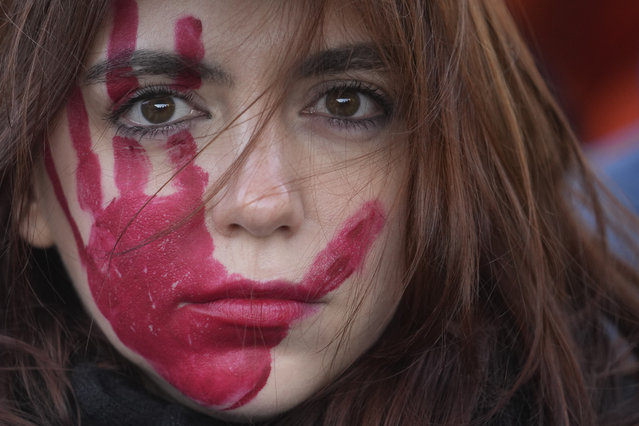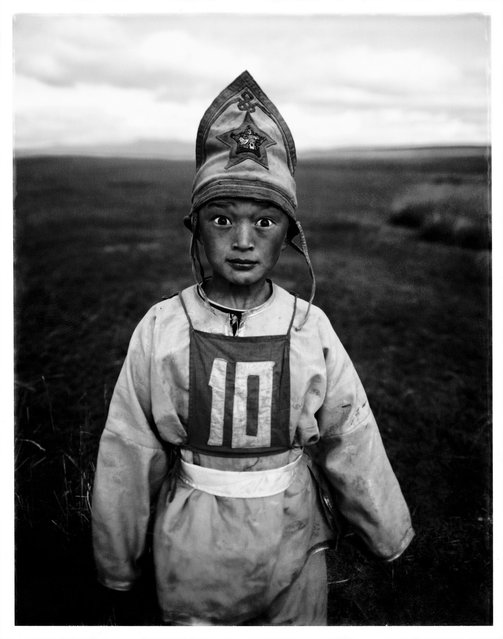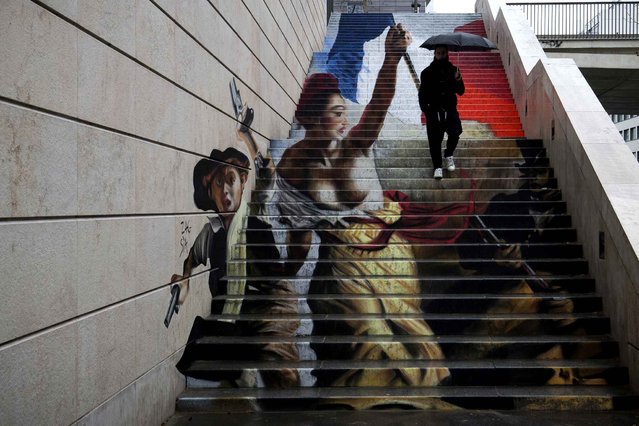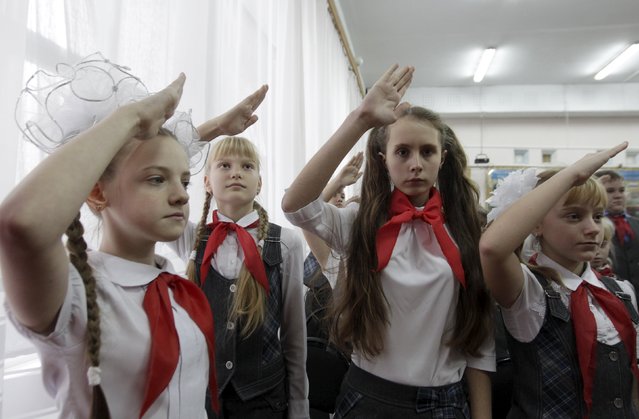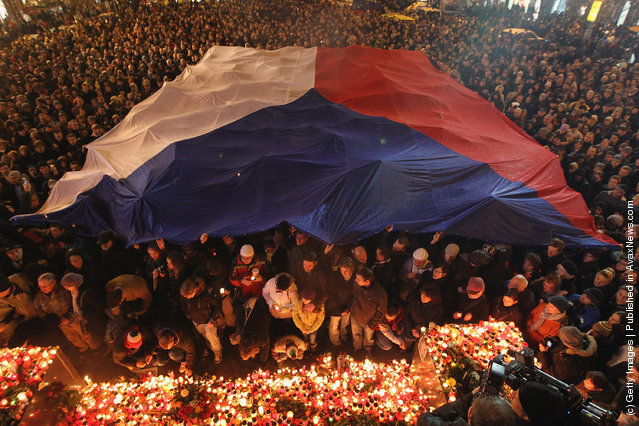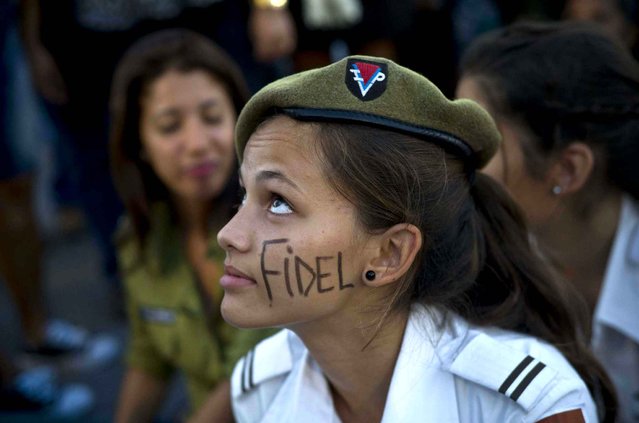
A cadet from the Interior Ministry with the word Fidel painted on her face attends a rally honoring the late Cuban leader at the Revolution Plaza in Havana, Cuba, Tuesday, November 29, 2016. Schools and government offices were closed Tuesday for a second day of homage to Fidel Castro, with the day ending in a rally on the wide plaza where the Cuban leader delivered fiery speeches to mammoth crowds in the years after he seized power.Fidel Castro passed away Friday Nov. 25. He was 90. (Photo by Ramon Espinosa/AP Photo)
01 Dec 2016 12:58:00,post received
0 comments

